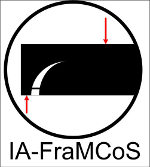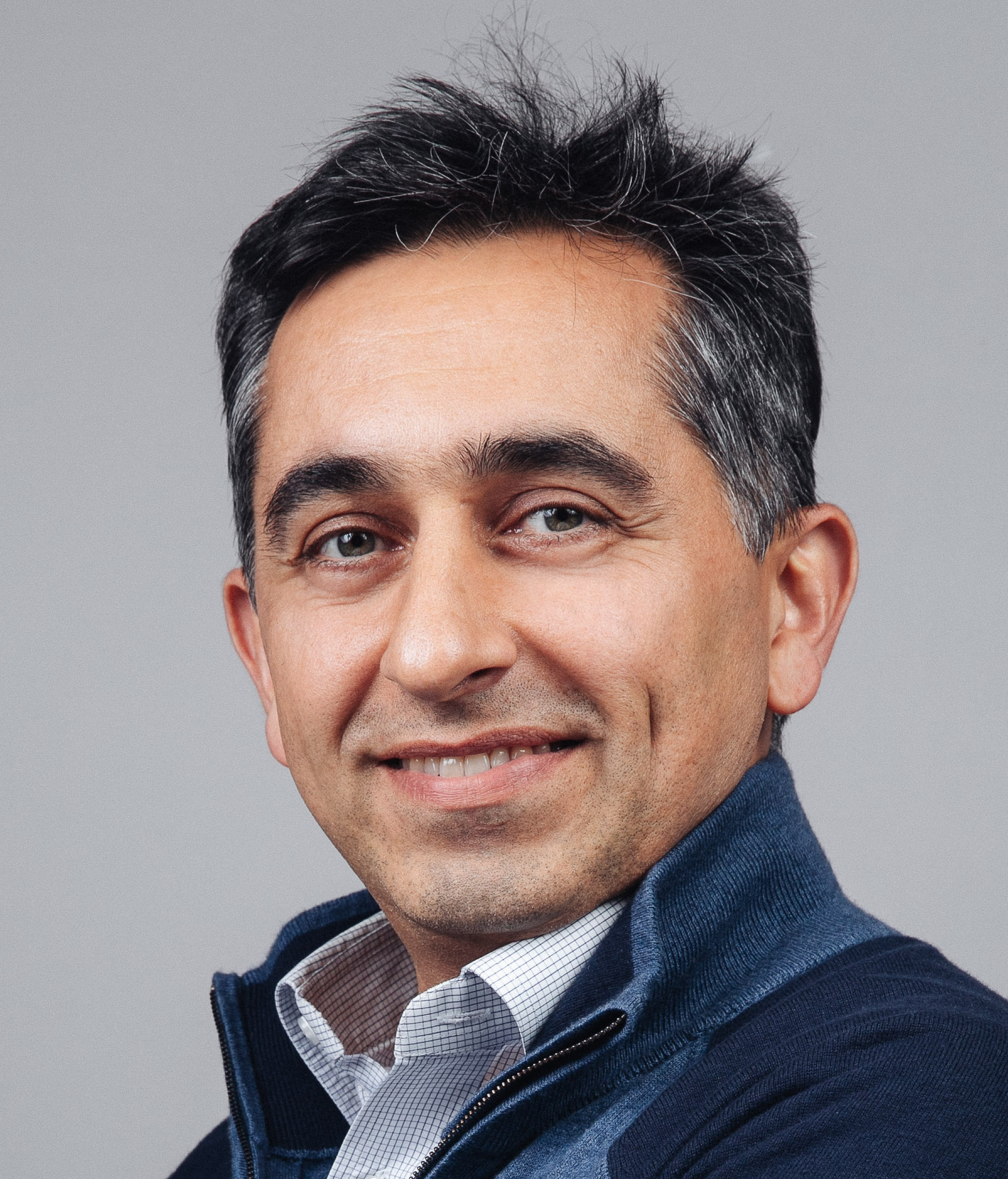|
|
|
Plenary lectures
Zdeněk P. Bažant (presenter) and Wen Luo
Fishnet Statistics for Quasbrittle Materials with Nacre-Like Alternating Series and Parallel Links: Design for Failure Probability <10-6 The failure probability of engineering structures such as bridges, airframes and MEMS ought to be <10-6. This is a challenge. For perfectly brittle and ductile materials obeying the Weibull or Gaussian failure probability distribution functions (pdf) with the same coefficient of variation, the distances from the mean strength to 10-6 differ by about 2:1. For quasibrittle or architectured materials such as concrete, composites, tough ceramics, rocks, ice, foams, bone or nacre, this distance can be anywhere in-between. Hence, a new theory is needed. The lecture begins with a review of the recent formulation of Gauss-Weibull statistics derived from analytical nano-macro scale transitions and equality of probability and frequency of interatomic bond ruptures governed by activation energy. Extensions to the lifetime pdf based on subcritical crack growth is pointed out. Then, motivated by the nanoscale imbricated lamellar architecture of nacre, a new probability model with alternating series and parallel links, resembling a diagonally-pulled fishnet, has been developed. After the weakest-link and fiber-bundle models, it is the third model tractable analytically. It allows for a continuous transition between Gaussian and Weibull distributions, and is strongly size-dependent. The original fishnet model for strength of fishnet with brittle links is extended to quasibrittle links and is handled by order statistics. The size effect on the mean fishnet strength is a new kind of Type 1 size effect. It is found to consist of a series of intermediate asymptotes of decreasing slope and can be used for calibrating the fishnet distribution. Finally it is observed that random particulate materials such a concrete may follow the fishnet statistics in the low probability range. Comparisons with experimental histograms and size-effect tests support the theory. Selected References: Luo, Wen, and Bažant, Z.P. (2017). ``Fishnet model for failu6re probability tail of nacre-like imbricated lamellar materials." Proc. Nat. Acad. of Sciences 114 (49), 12900--12905. Luo, Wen, and Bažant, Z.P. (2017). ``Fishnet statistics for probabilistic strength and scaling of nacreous imbricated lamellar materials." J. Mech. Phys. of Solids 109, 264—287. Luo, Wen, and, Z.P. Bažant (2018). ``Fishnet model with order statistics for tail probability of failure of nacreous biomimetic materials with softening interlaminar links." JMPS 121, 281—295. Z.P. Bažant and J.-L. Le (2017) Probabilistic Mechanics of Quasibrittle Structures: Strength, Lifetime and Size Effect, Cambridge Bažant, Z.P. (2004). “Scaling theory for quasibrittle structural failure.” Proc., Nat. Acad. of Sciences 101 (37), 14000—14007. Bažant, Z.P., and Pang, S.-D. (2006). “Mechanics based statistics of failure risk of quasibrittle structures and size effect on safety factors.” Proc. of the National Academy of Sciences 103(25), 9434-9439. Bažant, Z.P., Le, J.-L., and Bazant, M.Z. (2008). “Scaling of strength and lifetime distributions based on atomistic fracture mechanics.” Proc. of the Nat. Academy of Sciences, 106 (28), 11484-11489. Le, J.-L., Bažant, Z.P., and Bazant, M.Z. (2011). “Unified Nano-Mechanics Based Probabilistic Theory of Quasibrittle and Brittle Structures.” J. of the Mechanics and Physics of Solids 59, 1291—1321. Le, Jia-Liang, and Bažant, Z.P. (2014). “Finite weakest-link model of lifetime distribution of quasibrittle structures under fatigue loading." Mathematics and Mechanics of Solids 19(1), 56—70. Bažant, Z.P. (2019). ``A precis of fishnet statistics for tail probability of failure of materials with alternating series and parallel links." Physical Mesomechanics 22 (1) (Special Issue in memory of G.I. Barenblatt), in press.
Shahrokh Ghavamian
Digital transformation - A great opportunity to bring civil engineers and researchers closer together and attract talented graduates for upcoming challenges : When it comes to structural engineering, if you listen to engineers, graduate students and researchers’ opinions you might find many similarities. On one hand there are exciting projects to design, complex physical phenomena to understand and apprehend, with new technical and economic challenges raised by architectural and climate preservation concerns. On the other hand, motivated well trained graduates as well experienced engineers, ready to take up the challenge with great responsibilities are scarce. Digital transformation probably offers the means to transform the way we perform research, design structures, and create new efficient gateways between researchers and practitioner engineers. These means include amongst others, simple and sophisticated physical computational software, BIM, drawing software, knowledge data bases, expert systems and higher order AI solutions, laboratory test and on-site test recording data bases, communication protocols, novel visualisation solutions, etc. The presentation will include examples from the past, transformations in progress and dreams we hope become a reality in the near future.
|




